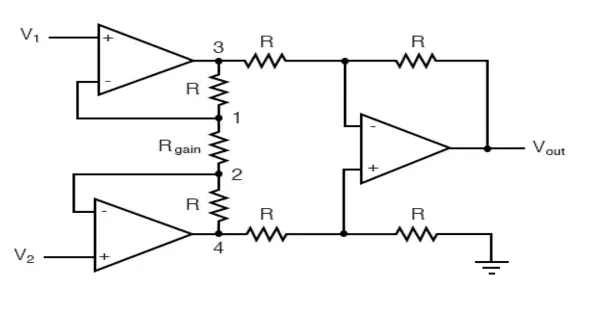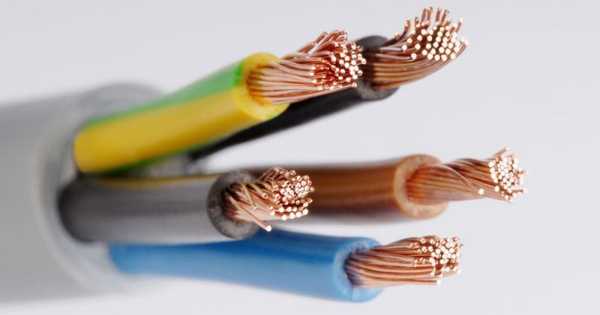An instrumentation amplifier (abbreviated in-amp or InAmp) is a type of differential amplifier with input buffer amplifiers that eliminate the need for input impedance matching and thus make the amplifier particularly suitable for use in measurement and test equipment. Other characteristics include extremely low DC offset, very low drift, very low noise, extremely high open-loop gain, extremely high common-mode rejection ratio, and extremely high input impedances. Instrumentation amplifiers are used in situations where high accuracy and long-term circuit stability are required.
An instrumentation amplifier’s primary function is to amplify the difference between two input signals while rejecting any common-mode signal present on both inputs. The voltage signals present at both input terminals of the amplifier are referred to as common-mode signals, and they are frequently noise or interference that must be removed.
Although the instrumentation amplifier is typically depicted as being schematically identical to a standard operational amplifier (op-amp), the electronic instrumentation amplifier is almost always composed of three op-amps. These are configured in such a way that one op-amp buffers each input (+, ) and another produces the desired output with adequate impedance matching for the function.
An instrumentation amplifier is typically made up of three operational amplifiers (op-amps) and a few precision resistors. The first operational amplifier functions as a differential amplifier, amplifying the voltage difference between the two input signals. The second and third op-amps form a feedback loop that adjusts the gain and provides the desired instrumentation amplifier characteristics.
The key advantages of an instrumentation amplifier are:
- High Common-Mode Rejection Ratio (CMRR): It rejects common-mode signals, making it suitable for applications where noise rejection is crucial.
- Adjustable Gain: The gain of an instrumentation amplifier can be easily adjusted by varying the values of the feedback resistors.
- High Input Impedance: It offers a high input impedance, which means it draws minimal current from the source, thereby minimizing signal degradation.
- Excellent Linearity: It provides accurate amplification of the input signal without introducing significant nonlinear distortion.
- Wide Bandwidth: Instrumentation amplifiers can operate over a wide frequency range, making them suitable for various applications, including signal conditioning and data acquisition systems.
Instrumentation amplifiers are commonly used in biomedical instrumentation, strain gauge amplification, pressure and temperature sensing, bridge amplification, and low-level sensor signal amplification.
















